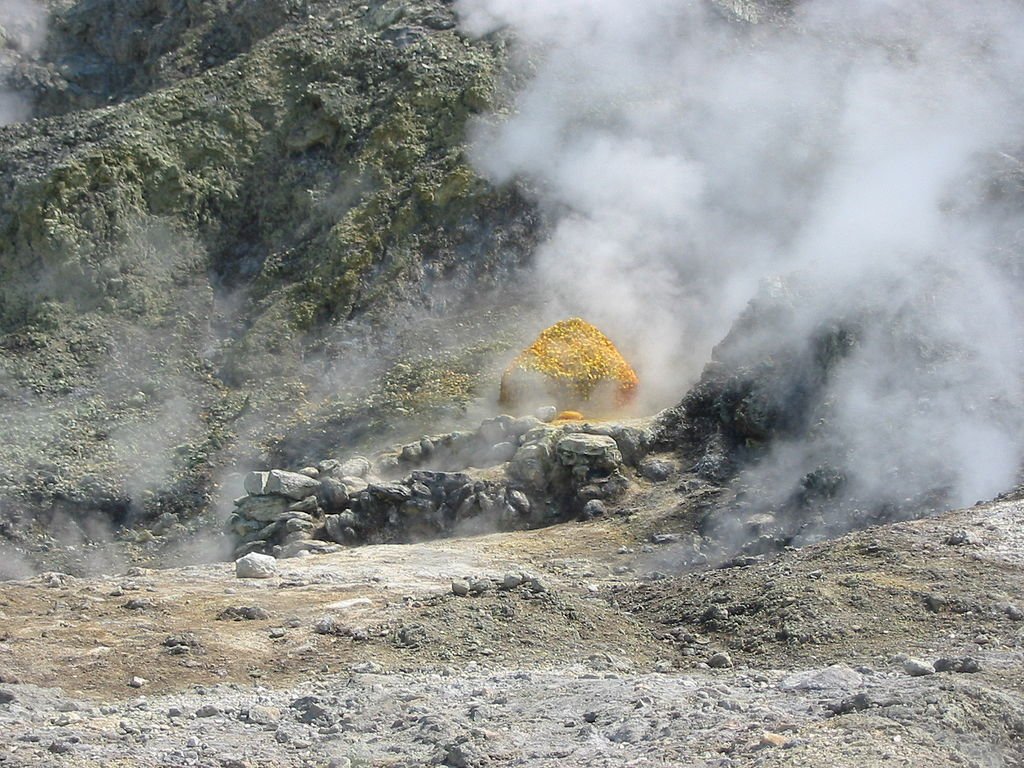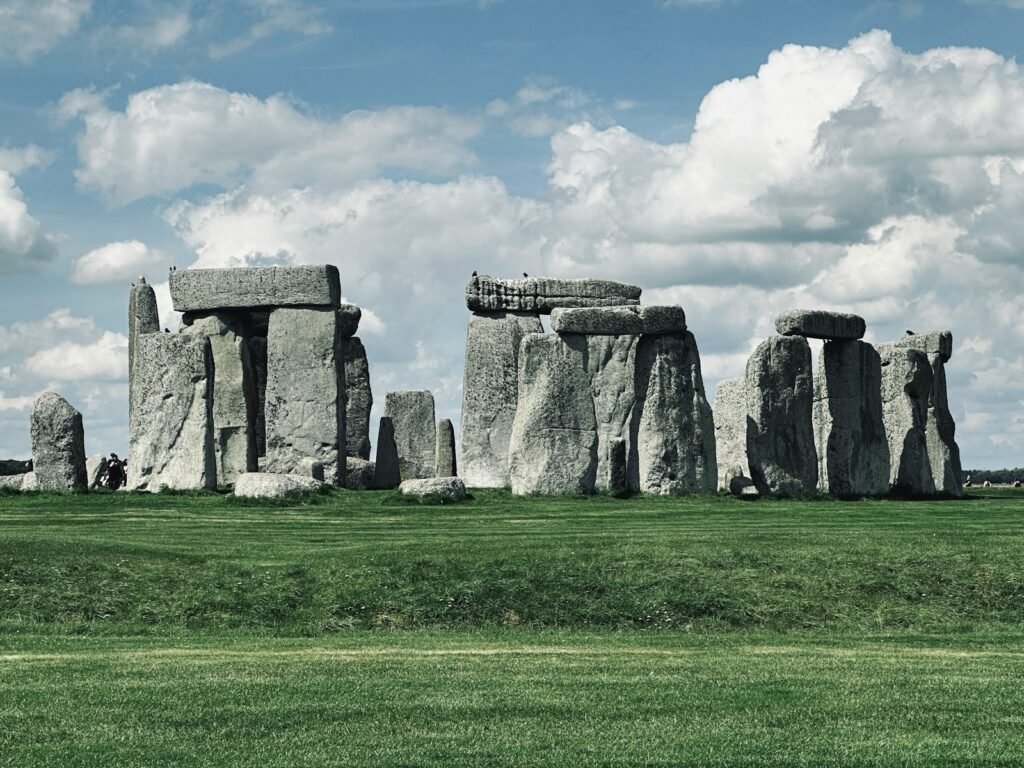Under Naples, Italy’s busy streets, a sleeping titan stirs. For decades, the large, smoldering volcanic crater known as Campi Flegrei has been shaking, baffling researchers with its regular but non-eruptive movement. New studies now point to a secret offender: a brittle layer of tuff rock compromised by millennia of magma intrusions that absorbs volcanic gases like a sponge. This discovery not only explains the caldera’s eerie shudders but could also reshape how scientists predict eruptions in similar volcanoes worldwide.
The Caldera’s Hidden Weakness: A Sponge for Volcanic Gases
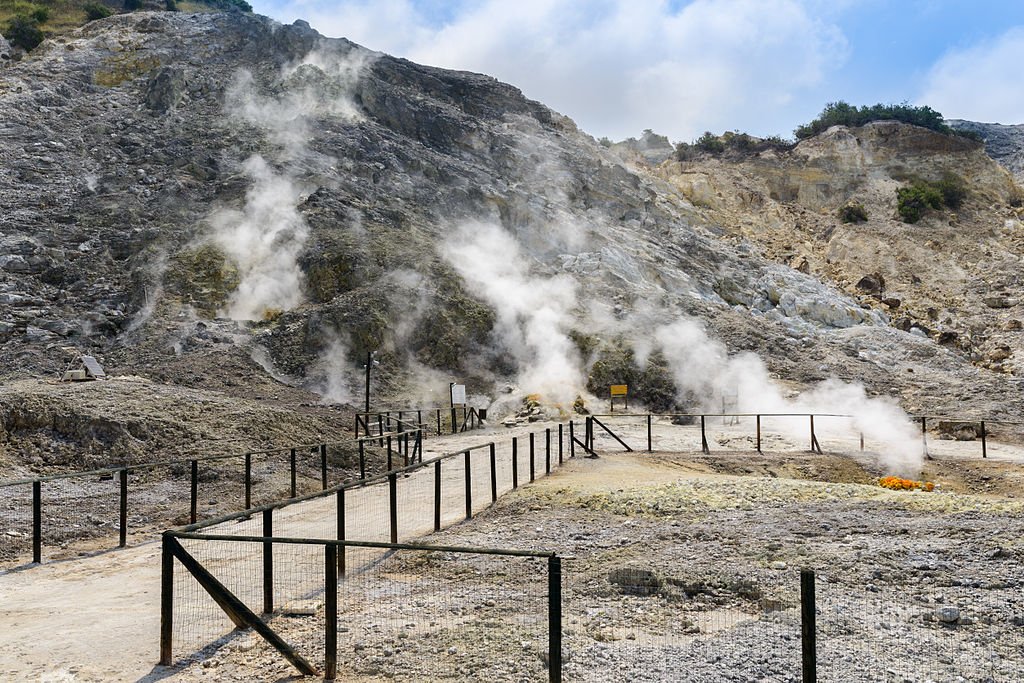
Deep below the surface of Campi Flegrei, between 1.8 and 2.5 miles (3 to 4 km), sits a vital layer of tuff, a porous rock created from compressed volcanic ash. Rising gases from a magma chamber 7.5 miles (12 km) down this layer behave as a pressure valve. As gases build up they distort the weakened rock, causing ground uplift and earthquakes without always resulting in an eruption.
Advanced 4D X-ray microtomography uncovered the sponge-like character of the tuff by showing how the rock breaks under strain. “This was unexpected,” says study leader Lucia Pappalardo, whose team examined decades-old drill cores to identify the lawyer’s contribution to the caldera’s instability.
A History of Unrest: From Ancient Eruptions to Modern Quakes
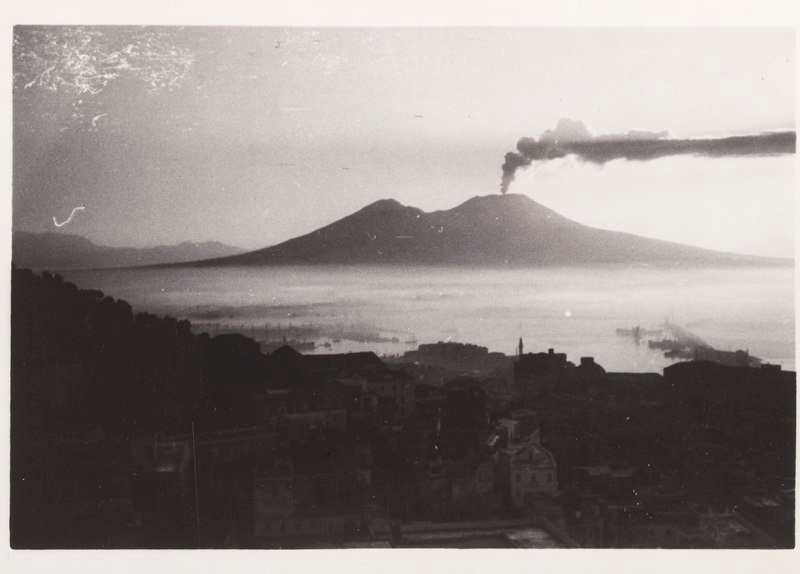
Campi Flegrei’s last eruption in 1538 was minor, but its history stretches back at least 47,000 years. Since 2005, the caldera has entered another restless phase, marked by swarms of small earthquakes and gradual ground uplift, a phenomenon known as “bradyseism.”
One such quake recently toppled a wall at Pompeii, a grim reminder of the region’s volatility. Yet, unlike typical volcanoes, Campi Flegrei’s eruptions are rare but catastrophic. Its most violent explosion, the Campanian Ignimbrite event 39,000 years ago, may have contributed to the extinction of Neanderthals. Today, half a million people live within its potential blast zone, making understanding its triggers a matter of survival.
Why This Discovery Changes Everything
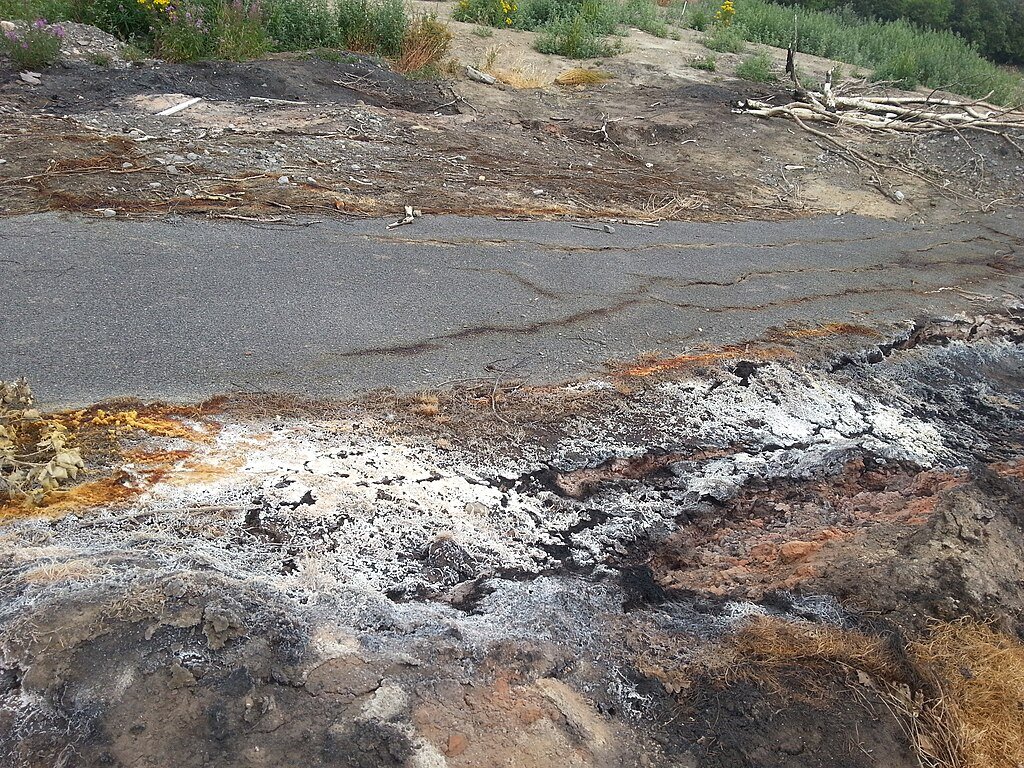
Although most studies on volcanic monitoring center on magma movement, Campi Flegrei’s tuff layer indicates that gas trapping and rock mechanics are equally important. “Other calderas worldwide likely operate similarly,” Pappalardo says, suggesting that this model could apply to Toba supervolcanoes in Yellowstone and Indonesia with structures.
The results also question eruption prediction. While magma ascent usually indicates approaching explosions, Campi Flegrei’s gases can cause years of seismic activity without eruption. “Our systems detect no magma movement now,” Pappalardo says, giving nervous Neapolitans careful comfort.
The Human Cost of Living on a Time Bomb
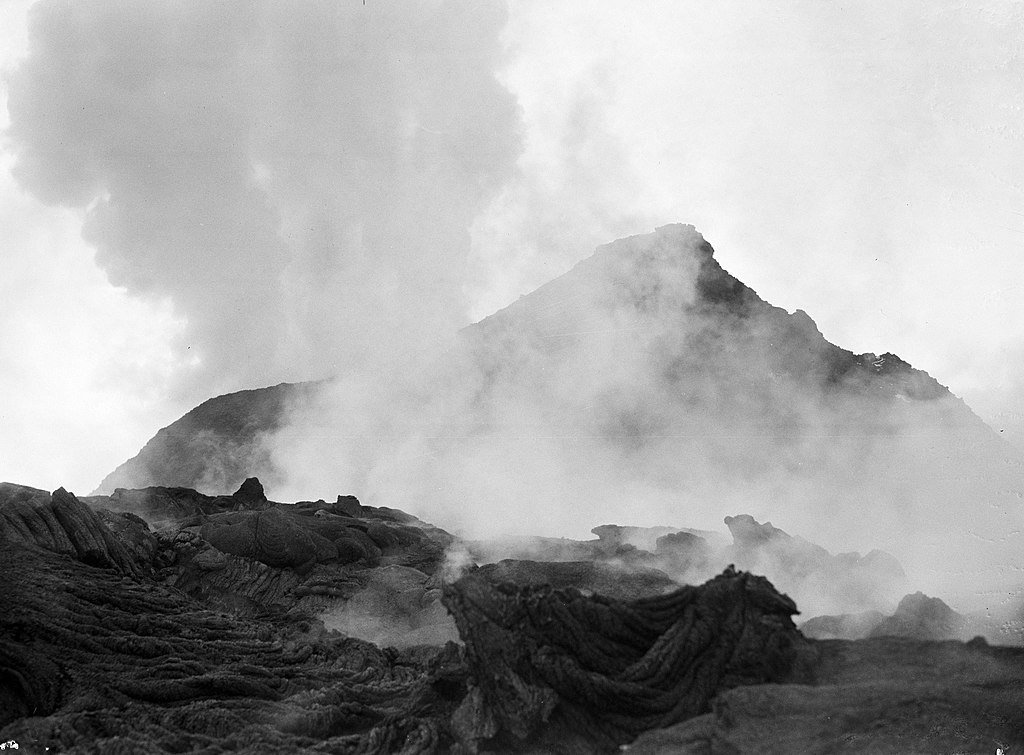
The most densely populated volcanic risk zone in Europe is found in Naples’ metropolitan area A full-scale eruption could spew pyroclastic flows, superheated gas and ash waves that would cover whole towns in minutes. Although Italy’s Civil Protection Department has evacuation plans, the unpredictability of Campi Flegrei’s disturbance complicates readiness.
Recent monitoring improvements including gas sensors and seismic arrays seek to buy vital time. However, as Pappalardo’s team advises, the behavior of the tough layer calls for different kinds of warning signals than conventional ones. Co-author Gianmarco Buono advises “we need to rethink how we interpret quakes and ground swelling here.”
Lessons for the World’s Most Dangerous Volcanoes
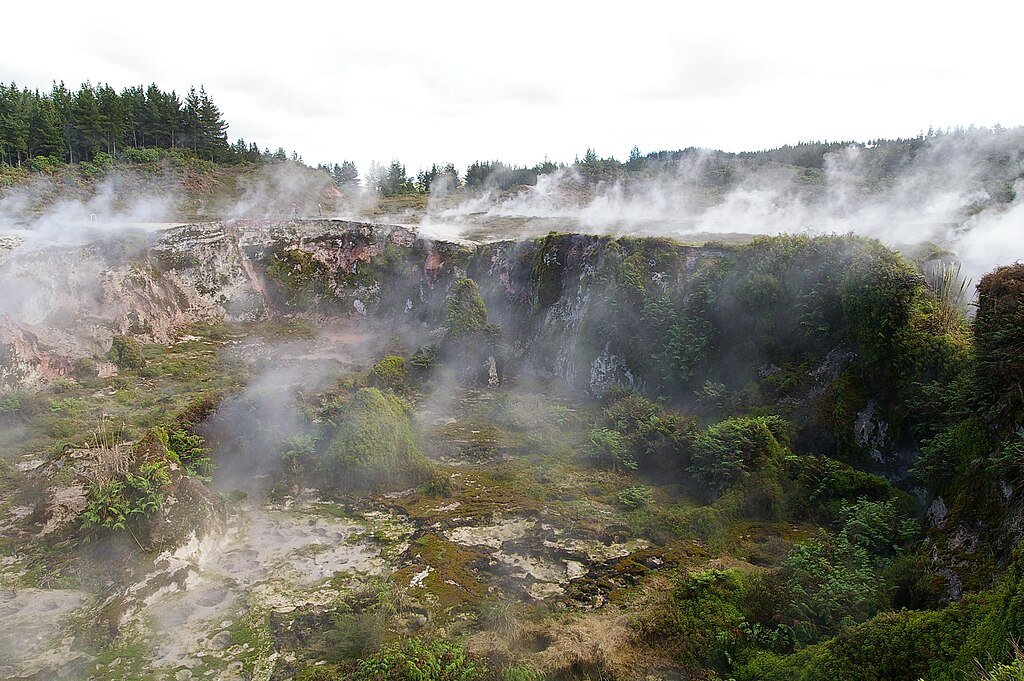
Campi Flegrei is not by itself. Calderas like the Aira of Japan and the Taupō of New Zealand also go through protracted disturbance without erupting. The discovery of the tuff layer points to possible gas-trapping mechanisms explaining their erratic behavior, so transforming estimates of global volcanic hazard.
Scientists are literally drilling deeper right now. Real-time tuff layer sampling by new boreholes will provide hints on its saturation limits. Pappalardo says, “the goal isn’t to predict an eruption tomorrow; but, to understand when the sponge might finally burst”.
The Big Question: Is Naples Safe?

Though the caldera grumbles, Pappalardo’s team maintains there is no impending eruption. Magma is still deep, and the gas emissions of the tuff layer might just cause benign venting of pressure. Still, history cautions against slumbering in comfort. After the ground rose 5.5 feet (1.7 meters) in two years, sudden bradyseism drove 40,000 people from Pozzuoli, a town inside the caldera, to flee.
For Naples, the lesson is obvious: respect the beast under, but avoid panic. The secrets of the tuff layer may at last calm Campi Flegrei’s restless spirit or at least give its neighbors a fighting chance as researchers perfect their models.
Final Thought
Human timetables are not followed by volcanoes. The tuff layer of Campi Flegrei reminds us that often the most destructive powers in nature lie right in front of us, waiting their time. The difficulty for both people and experts is learning to live with the unknown rather than only predicting catastrophe.
Sources:

Suhail Ahmed is a passionate digital professional and nature enthusiast with over 8 years of experience in content strategy, SEO, web development, and digital operations. Alongside his freelance journey, Suhail actively contributes to nature and wildlife platforms like Discover Wildlife, where he channels his curiosity for the planet into engaging, educational storytelling.
With a strong background in managing digital ecosystems — from ecommerce stores and WordPress websites to social media and automation — Suhail merges technical precision with creative insight. His content reflects a rare balance: SEO-friendly yet deeply human, data-informed yet emotionally resonant.
Driven by a love for discovery and storytelling, Suhail believes in using digital platforms to amplify causes that matter — especially those protecting Earth’s biodiversity and inspiring sustainable living. Whether he’s managing online projects or crafting wildlife content, his goal remains the same: to inform, inspire, and leave a positive digital footprint.

